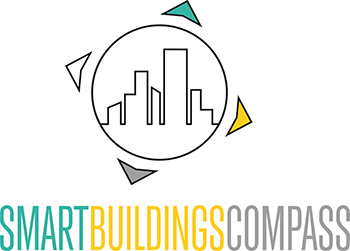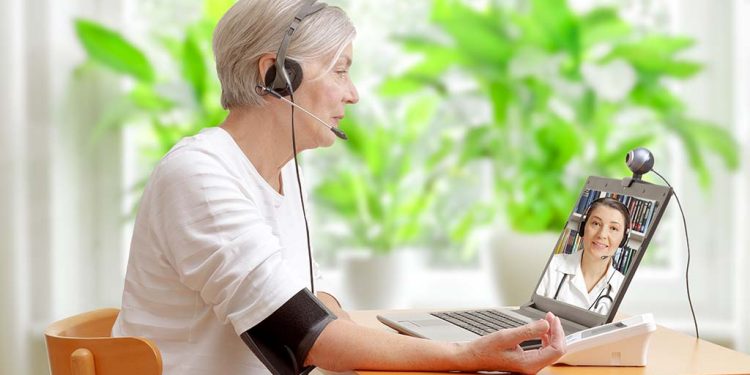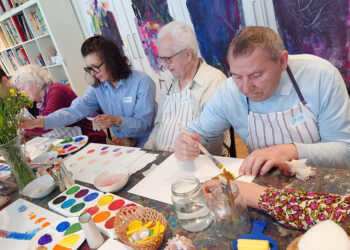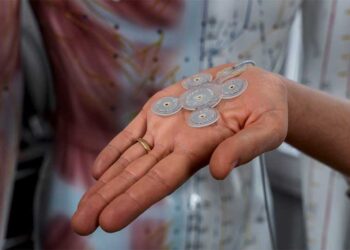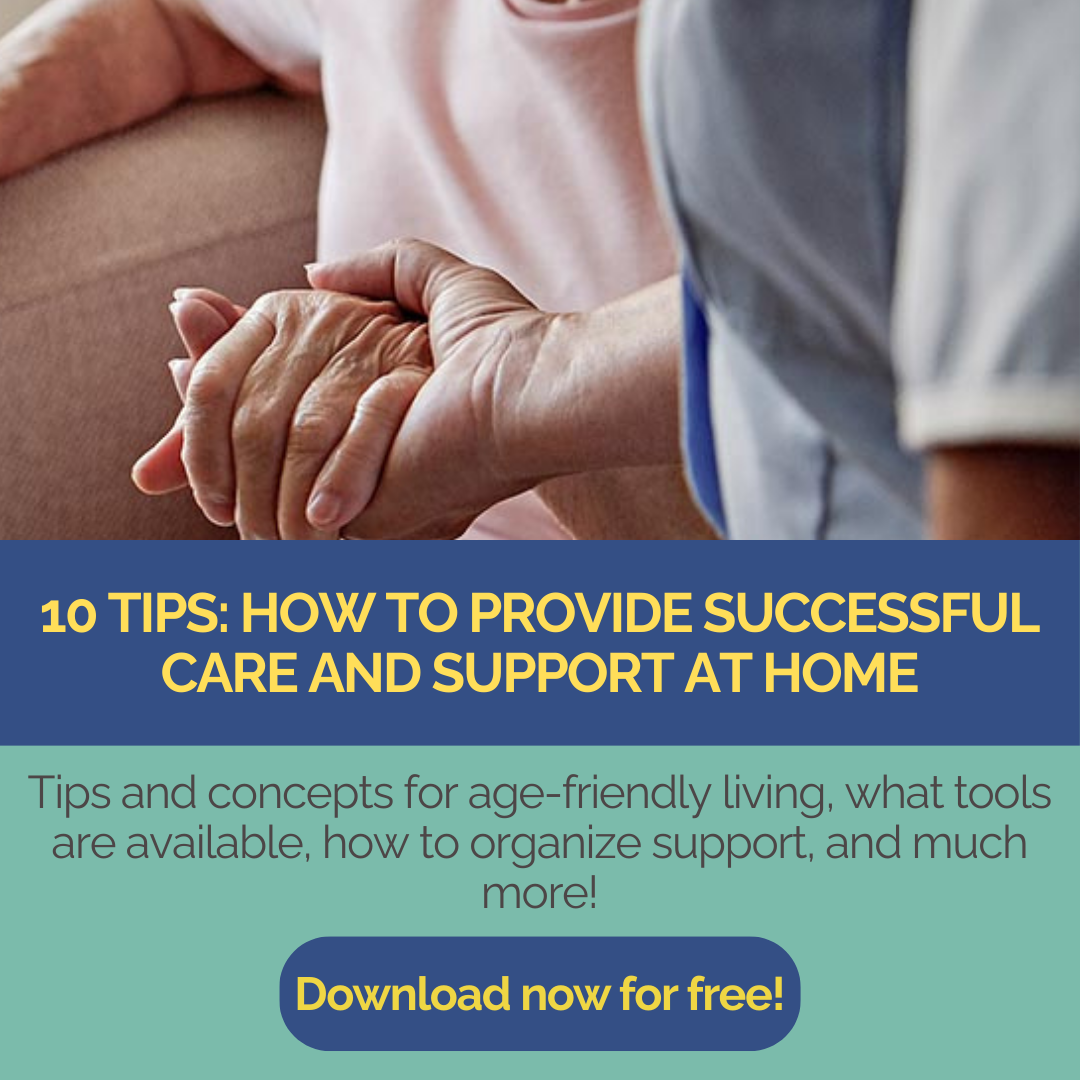The care of older people in rural areas faces enormous challenges. Demographic change, economic downturns and the increasing rural exodus are making it increasingly difficult for municipalities to maintain a functioning care and support structure.
At the same time, digitalization and technological developments offer new opportunities to close gaps in care and ensure a sustainable quality of life for older people in rural areas.
If your municipality decides to focus more on digitalization, then this article is just right for you. Because even if there may be a lot of resistance to technology: The alternative is possibly no or insufficient care and support in the worst case scenario.
The reality in rural communities
In many regions – not only in Austria – a worrying picture is emerging: small and medium-sized enterprises (SMEs) are increasingly disappearing due to a lack of successors. Young people are migrating to cities where they see better job and training opportunities. At the same time, the number of older people who are dependent on help in everyday life is increasing: Be it due to health restrictions, social isolation or a lack of mobility.
Patient transport, mobile care and social services are becoming increasingly difficult to organize due to staff shortages and physical distance. Municipalities are under financial pressure and are often no longer able to guarantee basic services.
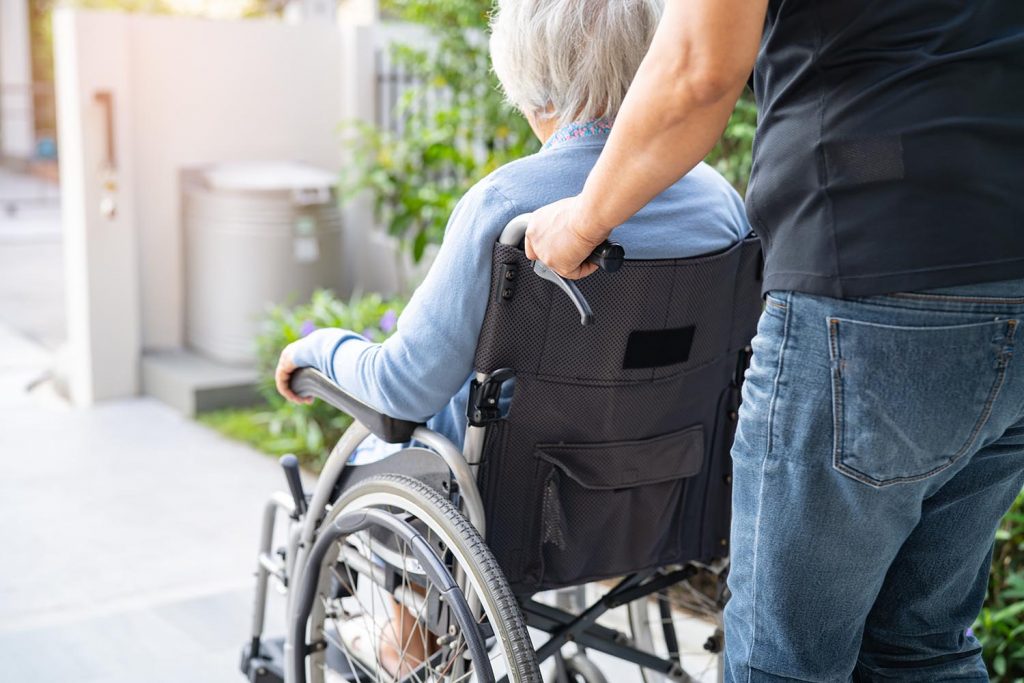
New solutions for old problems
There are already a number of solutions available today that – when cleverly combined – can improve the care situation in rural areas. Here are some examples of what a modern, digitally supported infrastructure in rural areas could look like:
Smart organized helper networks
It now takes more than just a village to raise a child. In view of the care crisis we are currently facing, support from society is also needed. Cohesion and help from the neighborhood is becoming increasingly important.
This coordination still often takes place in municipalities using Excel lists. The much smarter option would be to let those affected organize it themselves. Applications and apps such as Flexhero or Hub4Help make it possible to digitally connect volunteers and people seeking help. This allows tasks such as shopping, doctor’s appointments or minor everyday help to be coordinated efficiently – without a great deal of organizational effort for the municipality.
Some of the apps already work like Uber: Supply and demand manage themselves, and the billing of services is already integrated into some solutions. This relieves the burden on municipalities and improves support in the everyday lives of those affected.
Apps, telemedicine and digital health services
Video consultations and digital monitoring enable medical advice to be provided without having to travel long distances. This not only relieves the burden on doctors and nursing staff, but also reduces the need for patient transportation – a particularly critical point in remote regions. And in view of the long waiting times for medical appointments, help may even reach those affected more quickly in this way.
This form of support has long been in use in other regions of the world: providers such as the Canadian company Cloud DX offer medical e-healthcare and monitoring for e.g. neurological and cardiac diseases, diabetes, heart disease, etc. In remote, sparsely populated areas such as Canada or Australia, this is not possible in any other way – even if the nearest hospital is several hundred kilometers away.
Care apps, on the other hand, are digital helpers that support those in need of care, relatives and care staff in their everyday lives. They offer functions such as medication reminders, care planning, documentation, appointment management and options for communicating with doctors and care services. One example from Austria is the HerzensAppwhich was specially developed for family caregivers. It facilitates coordination in day-to-day care, enables communication within the family or with professional carers and helps with this, organize care needs in a structured and reliable way. Such apps help to simplify communication between caregivers, those affected and their relatives – especially in an environment where care is often decentralized and under time pressure.
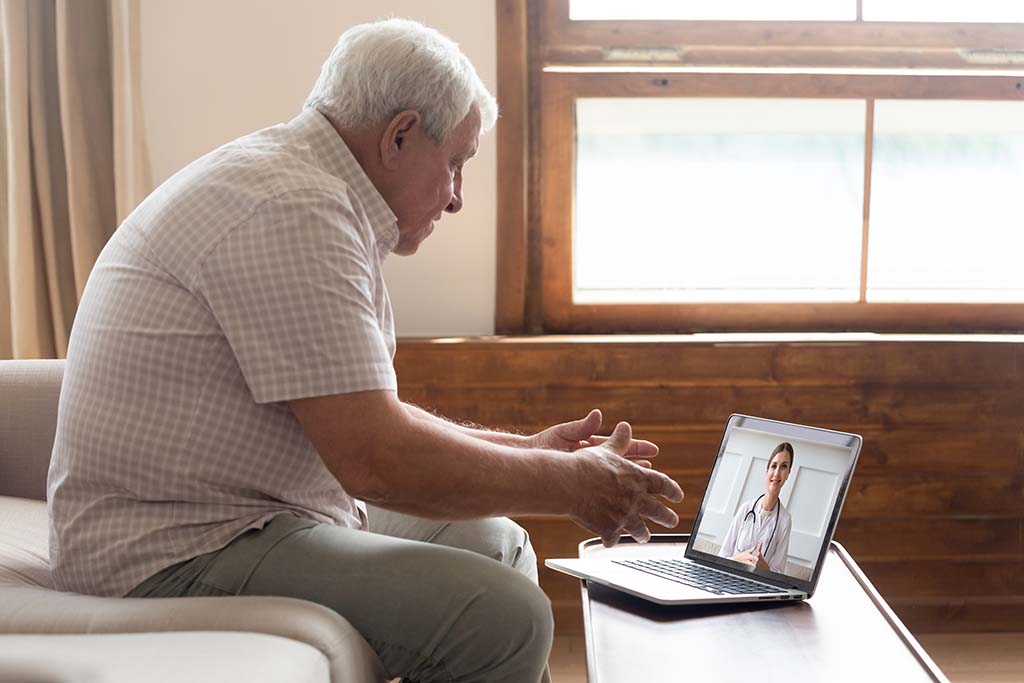
Senior friendly forms of housing and smart care apartments
Intelligent systems now reliably detect emergencies such as falls or fires. These systems are becoming cheaper and simpler all the time: more sensors are now simply screwed to the ceiling and the AI analyzes them.
In fully automated care homes, even heating, lighting and security systems can be controlled centrally. This makes it possible to work with a reduced number of staff (in a shortage of skilled workers) and enables short-term care even in regions with limited resources (e.g. after operations). Carers can focus on the interpersonal aspects, while AI provides support.
Digital infrastructure as a basic requirement
A prerequisite for many of these services is stable Internet access – which is not yet a matter of course, especially in rural regions. The nationwide expansion of broadband is therefore not only an infrastructural issue, but also a health policy issue.
Technology alone is not enough: support and training are essential
In addition to the examples described above for improving medical care in rural areas, there are many other options for either closing impending gaps in care or at least ensuring basic care. In Austria, for example, we are already well positioned in terms of eGovernment (= electronic administration) compared to other EU countries. (The European pioneer here is Estonia, which is regarded as a model digital country).
There are tools for the digital presence of municipalities (e.g. Gem2Go in Austria), as well as postal and banking apps. ID Austria can also be used to settle taxes at the digital office. If there is no longer a post office or bank branch in rural areas, these digital tools can help to establish a digital supply structure.
It is also clear that the introduction of digital applications requires more than just the purchase of devices. Older people in particular need training, simple user interfaces and personal support when getting started. Successful examples such as the AppCafés in Aarhus (Denmark) show how technology can be taught without fear and integrated into everyday life.
Care and support in rural areas is feasible – if we want it to be
Care and support in rural areas can be organized – if you are open to new concepts. It takes courage to break new ground and to supplement or rethink existing structures through digital innovation.
With the targeted use of technology, well-planned networks and the involvement of civil society and volunteers, even sparsely populated regions can be provided with medical and care structures. The solutions are different from what we are used to, but they are available – and it is up to us to implement them.
Author: Anja Herberth
Chefredakteurin
